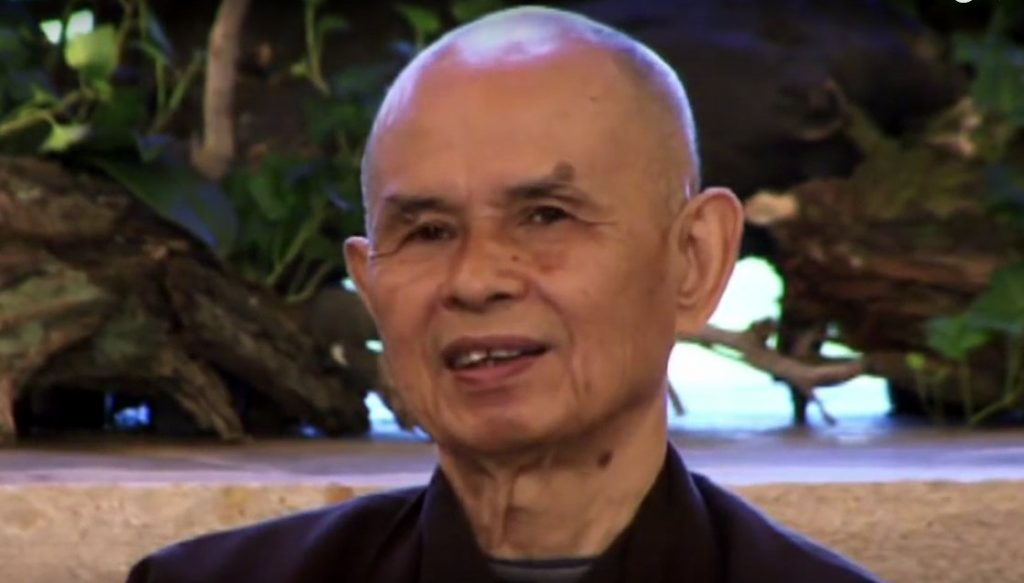The four elements of ‘true love’ according to the teaching of the Buddha
(Collective Evolution | Arjun Walia) What is love? What is ‘true’ love? Can it even be defined? Our idea of what true love is today most likely comes from a fairytale, movie, or reality TV show, and the definition has likely changed many times. But we all have certain conditions attached to our idea of what love is, or some sort of criteria drawn up for what our ‘perfect match’ would look like. The right partner is required to have certain things, be a certain way, and like certain activities – and that’s okay.
“You must love in such a way that the person you love feels free.”
– Thich Nhat Hanh
But perhaps true love is simpler than popular culture would have us believe. As Thich Nhat Hanh (a Vietnamese Buddhist Monk) explains below, if there is love / kindness, compassion, joy, and inclusiveness, according to Buddhist teaching, you are experiencing true love. It’s pretty simple. True love doesn’t necessarily have to be something magical that sprung out of a fairy tale.
Main points taken from the video:
-
-
- Love and kindness have the power to create happiness. When you are able to develop feelings of joy and happiness in yourself, that’s true love, offered to yourself. If you can generate these feelings, and help the other person generate these feelings, that’s true love. So, if you are a source of joy and happiness for another, that is true love.
- True love is the capacity to make yourself suffer less, and help the other person suffer less. “There is an art of suffering. If you know how to suffer, you suffer much, much less.”
- Practice compassion and it will grow.
- If love does not generate joy, it’s not love. If love makes the other person cry every day, it’s not love.
-
“True love is capable of generating joy for yourself and for the other person.”
Source: Collective Evolution
You may also like:




